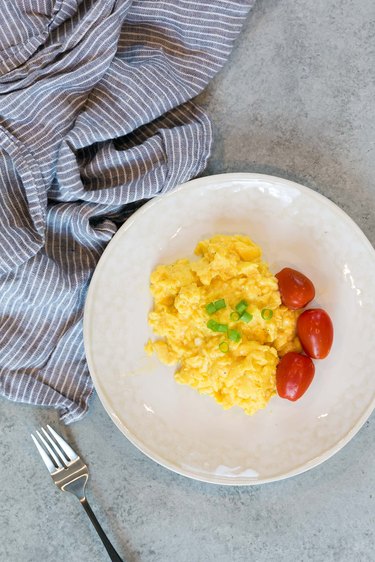There's nothing worse than tough, rubbery scrambled eggs. I thought I hated them for years! It turns out I actually had no idea how to properly cook them. The key to perfect no fail scrambled eggs is low and slow. Patience is key. If you take your time, use the lowest heat settings, and stir constantly, you'll get perfect, custard-like scrambled eggs every single time. There's absolutely no need for cream or milk.
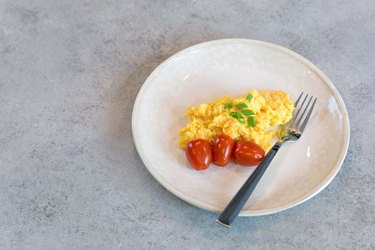
Video of the Day
Things You'll Need
Large eggs, preferably pasteurized (think 2 per person)
Kosher salt and ground black pepper to taste
Unsalted butter
Step 1: Gather your ingredients.
You only need enough butter to very lightly coat the bottom of a nonstick skillet since the eggs will be cooked over such low heat. If using a nonstick skillet, butter can be avoided altogether. The eggs will be removed from the heat before they have completely set, which is not always for the faint of heart. If possible, I recommend using pasteurized eggs, which are safer to consume.
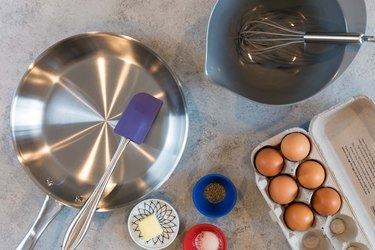
Step 2: Whisk eggs until light and foamy.
In a medium to large mixing bowl, whisk the eggs along with a pinch of salt and pepper (you can add more to taste later).
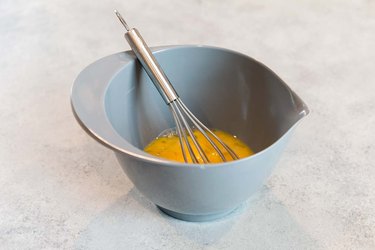
Step 3: Melt butter over low heat.
Place the skillet over low heat and melt the butter. Use just enough butter to evenly coat the bottom of the pan.
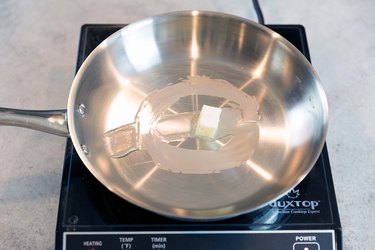
Step 4: Add the eggs.
Add the eggs. Using a spatula, begin to stir.

Step 5: Continue stirring over low heat.
Stir constantly for several minutes. The eggs will slowly become lighter in color and start to thicken up like a custard. Make sure the spatula scrapes against the bottom of the pan all the way around, working up any bits that are sticking and incorporating them back into the mix. This process can take 5 or more minutes, depending on how many eggs are cooking.

Step 6: Turn off heat before the eggs have completely set.
The final step takes a bit of confidence, timing, and a leap of faith (which is why you might be happier using pasteurized eggs). Just like with meat, eggs will continue cooking from residual heat, so for best results, you should remove the pan from the heat right before they've completely set. Keep stirring; they'll keep cooking and solidifying from their own warmth and from the heat of the pan.
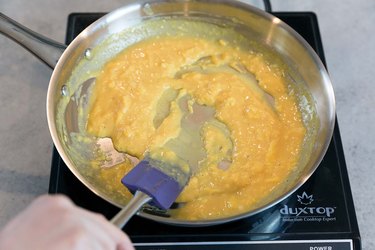
Step 7: Transfer to a serving plate.
Transfer to one or more serving plates. Season with additional salt and pepper to taste.
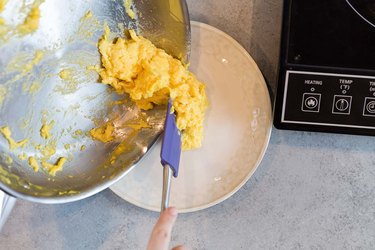
Step 8: Serve immediately.
